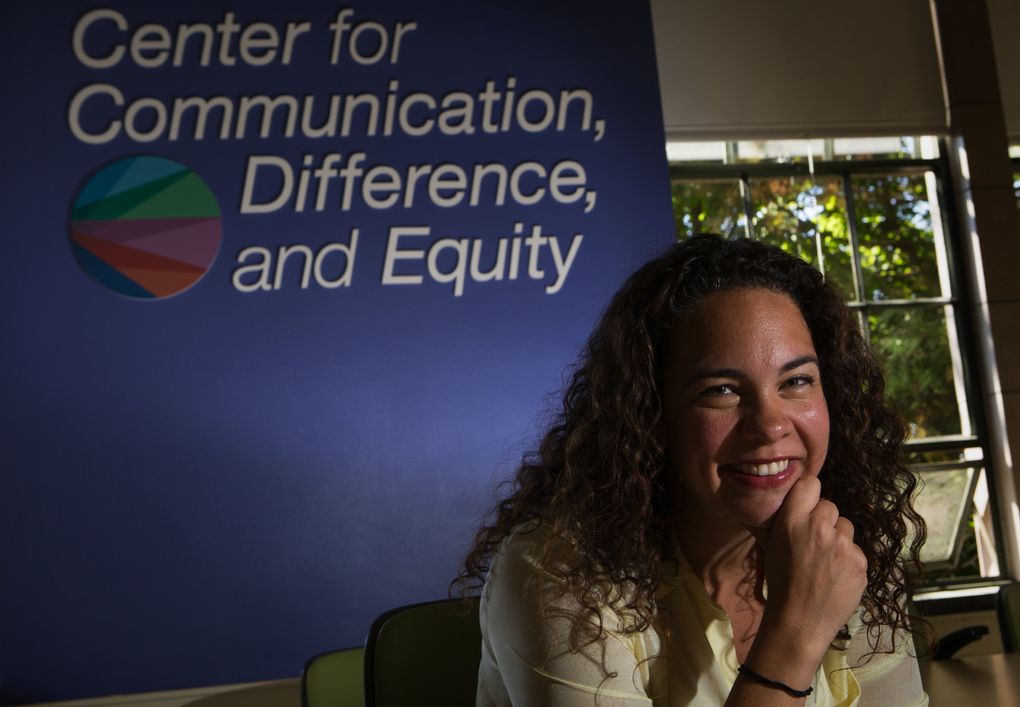“Beyond the Binary: Obama’s Hybridity and Post-Racialization.”Posted in Articles, Barack Obama, Communications/Media Studies, Media Archive, Social Science on 2015-09-01 17:57Z by Steven |
“Beyond the Binary: Obama’s Hybridity and Post-Racialization.”
Revue de Recherche en Civilisation Américaine
Number 3 (March 2012): Post-racial America?
Kirin Wachter-Grene, Acting Instructor of Literature
New York University
According to many in the American and international press, the 2008 presidential election of Barack Obama has heralded a possible era of “postracialism” in the United States. The election, and Obama himself, has given this term social capital worthy of deep consideration. If we understand “postracialism” to be congealing into a “color-blind” ideology that ruptures the historic hegemony of the bichromatic (black-white) American binary (as some journalists posit) we have to look at media discourses that position Obama as “postracialism’s subjective signifier” to understand postracialism’s failure to function as it’s imagined to do so.
Far from accomplishing a simplistic and idealistic end to discourses of race and practices of racialization in America, postracialism has served to reify public racial obsession, and Obama has been made the locus of attention on which these discourses circulate. Obama is consistently conscripted in racialized projects from those individuals and groups attempting to use him to advance their political cause. Obama is also actively engaging in a discourse of universalized nationalism that uses color-blindness to articulate itself.
This article will seek to complicate mass media articulations of the postracial, to help broaden it from what appears to be its limited lines of inquiry. Perhaps the salient question to ask is whose “postracialism” are we referring to, and what might this term signify if we imagine it to mean more than what it clearly is not? Might we read postracialism as an articulation of “post-black,” if we consider “black,” in an American context to be historically understood and legitimized as African American? In other words, might “postracial” have salience as a means to invite a larger cultural conversation of different articulations of blackness in America, one in which immigrant blacks are considered and given voice? This is a particularly relevant question in relation to Obama due to his second-generation immigrant identity, and due to the fact that his “blackness” comes not from African American ancestors, but from his African father.
This article aims toward a meditation of the potential for immigrant blackness to offer a more inclusive, and more accurate representation of a progressively variegated, “post-racialized” American culture in need of social legitimacy for its potential to disrupt bichromatic racialization and coterminous universalized nationalism.
Contents
- Barack Obama: Postracialism’s “Subjective Signifier”
- Universalized Nationalism/Neoliberal Colorblindness
- Obama and Internal Racialization
- Obama’s External Hyper-Racialization
- Beyond the Binary
- Toward a Discourse of Post-Bichromatic Racialization
Read the entire article here.



